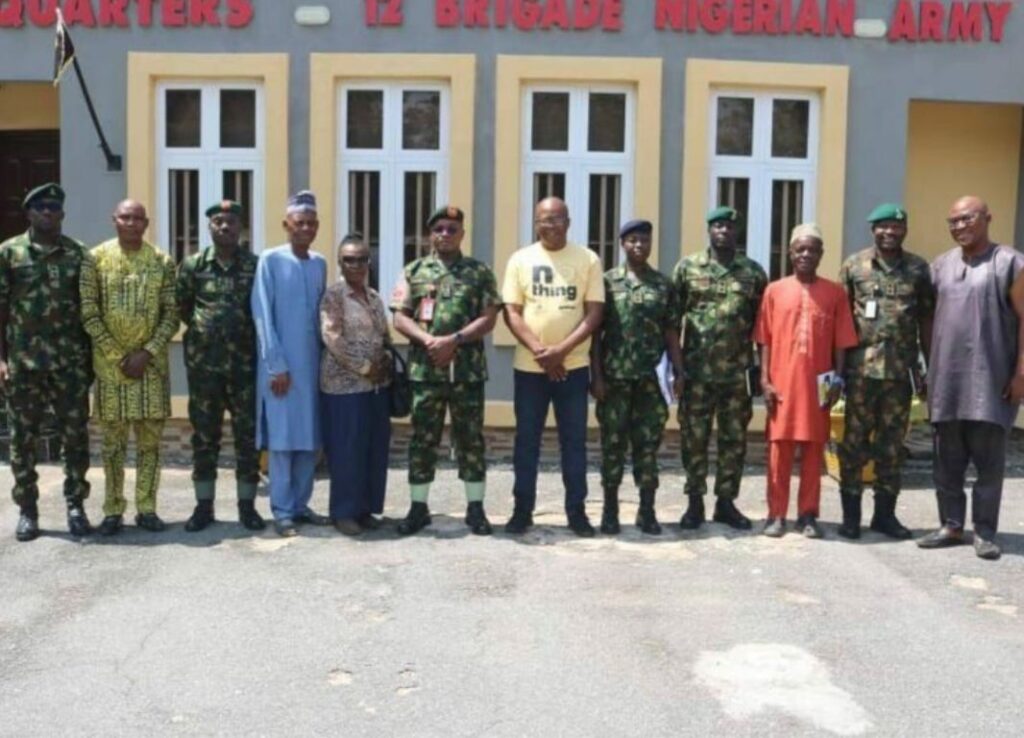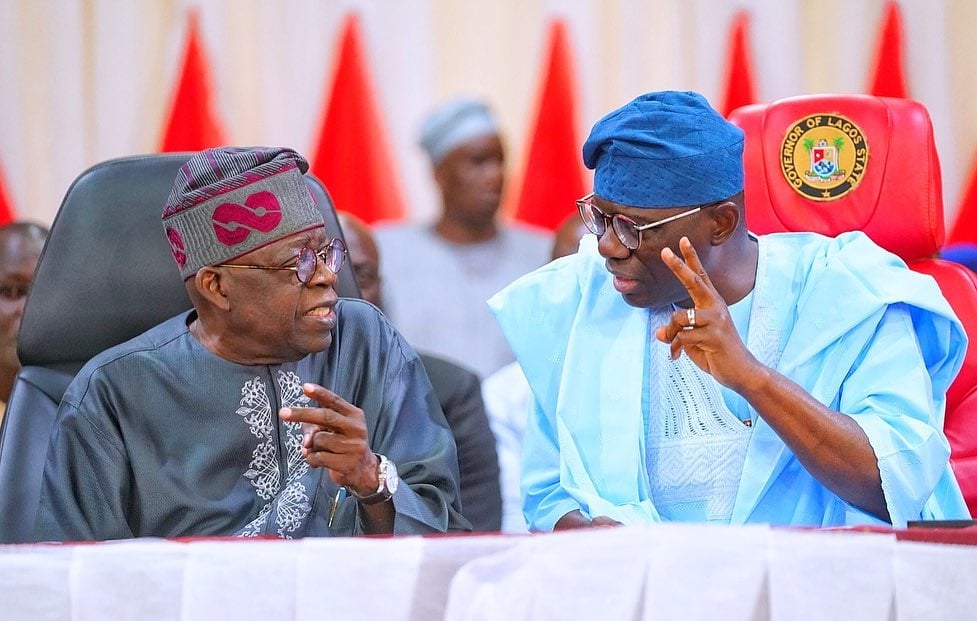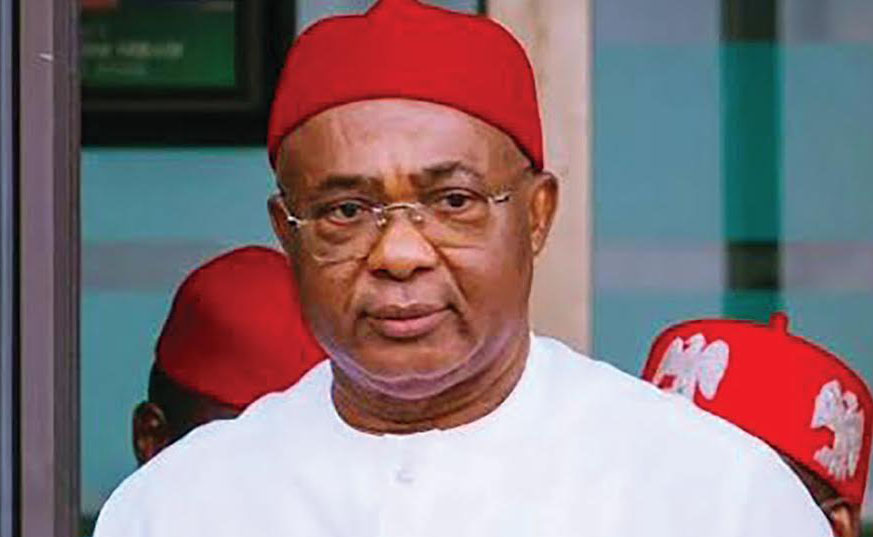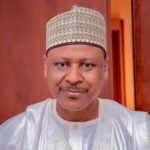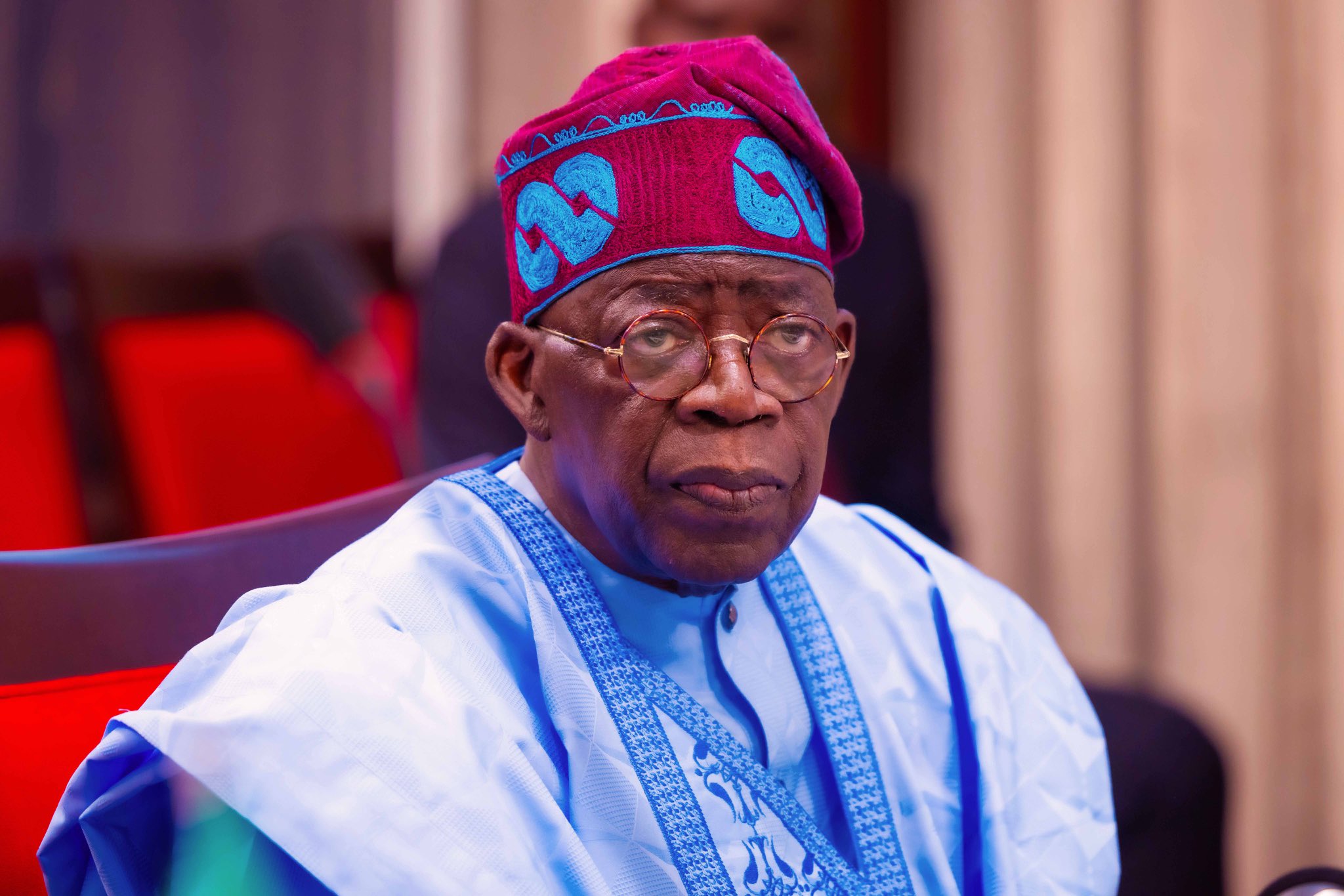Return of Rail Transportation to Jos

The Harmattan winds, usually a dry, dusty caress, carried a different kind of anticipation across the undulating landscape of the Plateau. For years, the skeletal remains of the Jos-Kuru railway line had been a silent testament to a bygone era, a rusty scar across the vibrant green and brown tapestry of the region. The once-bustling stations were now hushed echoes of their former glory, the tracks overgrown with stubborn savanna grass, a playground for lizards and the occasional foraging goat. But now, a new chapter was being written, one forged in ink and sealed with a handshake between the Plateau State Government and the Nigerian Railway Corporation (NRC).
The news had spread like wildfire, carried on the backs of Okada riders and whispered in the bustling marketplaces. The Jos-Kuru line, a vital artery that had once pulsed with the lifeblood of trade, tourism, and community, was to be revived. For the older generation, it was a nostalgic echo of their youth, a time when the rhythmic clatter of the train wheels was the soundtrack of their lives. They remembered the vibrant carriages filled with miners heading to the tin fields, farmers transporting their produce to the Jos market, and families embarking on journeys to connect with loved ones.
For the younger generation, it was a tantalizing prospect, a glimpse into a future where transportation within the state would be faster, cheaper, and more convenient. They had only heard stories of the train, seen faded photographs in dusty albums, and now, it was promised to them, a tangible link to their history and a pathway to new opportunities.
The signing ceremony, held in the Government House in Jos, was a momentous occasion. Governor Caleb Muftwang, his face beaming with optimism, spoke of the transformative potential of the revived railway. “This is not just about laying tracks and running trains,” he declared, his voice resonating with conviction. “This is about reconnecting communities, boosting our economy, facilitating trade, and unlocking the immense tourism potential of our beautiful Plateau.”
On the other side of the table, the Managing Director of the NRC, Engineer Seyi Sijuwade, echoed the sentiment. He emphasized the commitment of the corporation to delivering a modern and efficient railway system that would serve the people of Plateau State effectively. The signed agreement outlined a phased approach, starting with a comprehensive assessment of the existing infrastructure, followed by the clearing of the overgrown tracks, the repair and replacement of damaged sections, and the modernization of signaling and communication systems.
The initial phase focused on the 64-kilometer stretch between Jos, the state capital, and Kuru, a significant town known for its National Institute for Policy and Strategic Studies (NIPSS) and its agricultural hub. This section was deemed crucial for connecting the administrative and economic center with a key area of learning and productivity.
The news sparked a wave of excitement and anticipation across the Plateau. In Jos, market traders envisioned easier and cheaper ways to transport their goods, potentially lowering prices for consumers. Hoteliers and tour operators in areas like Riyom Rock and Assop Falls dreamt of an influx of tourists drawn by the ease of rail travel. Students at the University of Jos and NIPSS looked forward to a more affordable and reliable mode of transportation.
However, alongside the excitement, there were also whispers of caution and skepticism. The project was ambitious, and many remembered previous promises of infrastructure development that had failed to materialize. The terrain of the Plateau, with its hills and valleys, presented engineering challenges. Funding would be a significant hurdle, and ensuring transparency and accountability in the project execution was paramount.
Despite these concerns, the initial steps taken were encouraging. Survey teams from the NRC arrived in Jos, meticulously mapping the existing alignment and assessing the condition of the bridges and culverts. Local communities, eager to see the project succeed, offered their assistance in clearing vegetation and providing information about the land.
The sounds of construction gradually replaced the silence that had long enveloped the railway corridor. The rhythmic clang of hammers, the whirring of machinery, and the shouts of workers became a new soundtrack for the region, a symphony of progress slowly building momentum. Local artisans and laborers found employment on the project, injecting much-needed income into the communities along the route.
As the tracks began to emerge from beneath the overgrowth, a sense of hope began to solidify. People would gather at the old station sites, watching the work unfold, sharing stories of the past and dreaming of the future. Children, who had only seen pictures of trains, would stand wide-eyed as sections of the railway line were cleared and repaired.
The revival of the Jos-Kuru rail line was more than just an infrastructure project; it was a symbol of renewed hope and a testament to the resilience and aspirations of the people of Plateau State. It represented a commitment to progress, a reconnection with their heritage, and a belief in a brighter future where the rhythmic clatter of train wheels would once again echo across their beautiful plateau, carrying with it the promise of growth, opportunity, and connection. The journey was just beginning, but the destination – a revitalized and interconnected Plateau – was a vision worth striving for.



